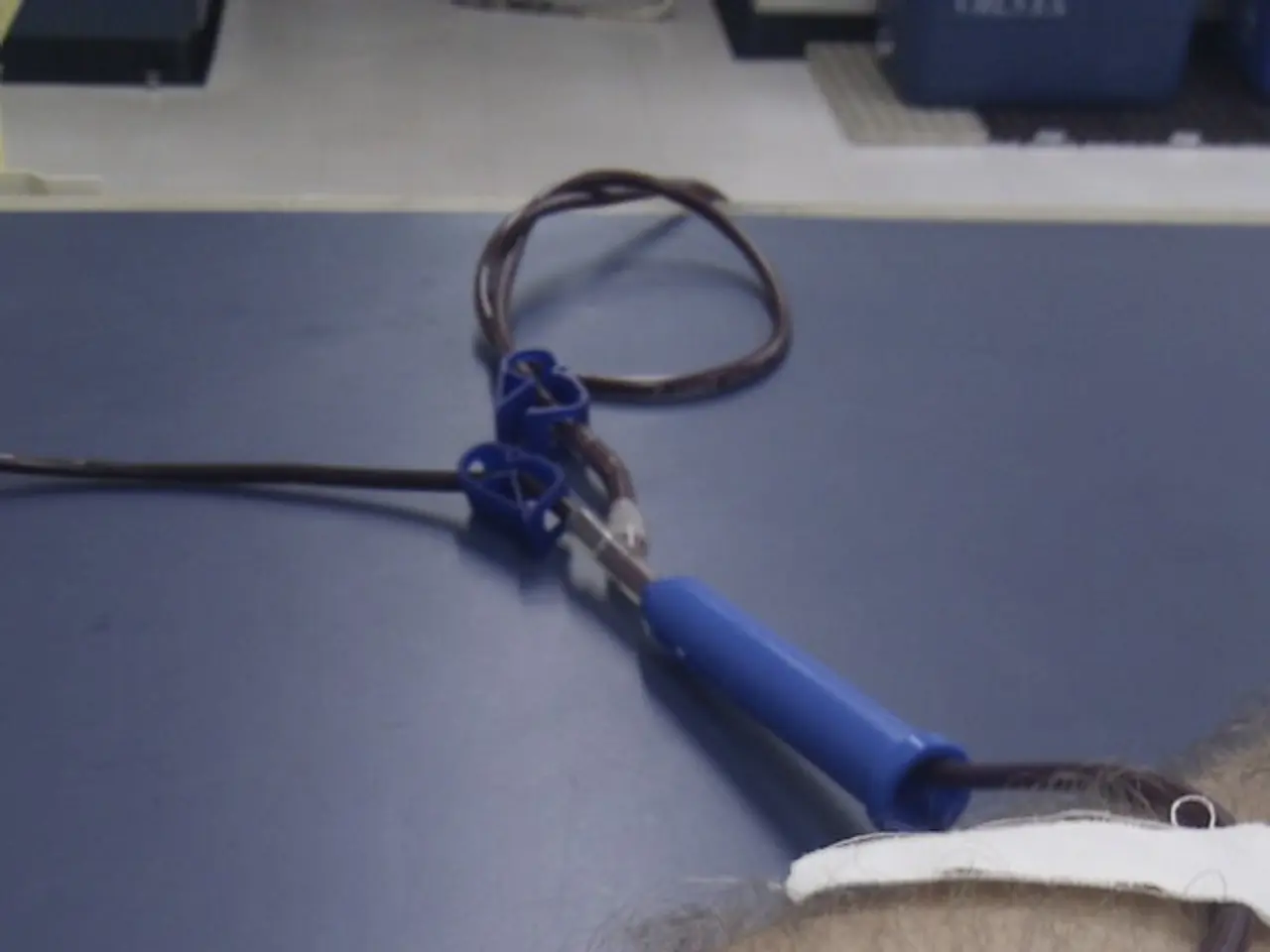Shortage of Medical School Seats Struggles to Meet Demand for More Doctors
In Germany, the distribution of medical study places plays a significant role in shaping the availability of doctors and medical care. Medical education is closely tied to university hospitals and teaching institutions, which are often concentrated in urban centers like Munich, Berlin, and Hamburg.
This concentration of medical study places and advanced hospitals in specific regions tends to attract leading medical talents and provide comprehensive training. However, it also contributes to challenges in rural or less prosperous regions in attracting and retaining medical professionals.
To address this imbalance, Germany has implemented several measures. Competency-based training with a focus on long-term patient engagement is mandated, and family physicians are integrated into preventive and chronic care networks. Financial incentives and geographic planning tools are used to encourage doctors to practice in underserved areas.
University hospitals serve as key training sites and centers of medical excellence, but their uneven distribution, often in wealthier or urban states, exacerbates the problem. Efforts are being made to better match medical training locations with regional healthcare needs to combat doctor shortages in less-served areas.
Despite these efforts, regional disparities in healthcare accessibility persist. Regions with medical faculties, such as those around universities in Heidelberg, Freiburg, and Lübeck, have a higher density of doctors. On the other hand, rural and economically weaker states face shortages.
Data on the exact quantitative distribution by state and its precise impact on healthcare outcomes is not readily available, but current analyses reflect this general situation. For instance, Saarland and Mecklenburg-Vorpommern have the highest number of medical study places per capita.
In addition to state-funded medical study programmes, private universities offering medical studies have been established, providing around 1,500 places for new students each year. However, these are not enough to address the shortage of skilled workers.
The social association SoVD has warned that the shortage of medical study places threatens local health care in many regions. To address this, the Medical University of Lausitz is scheduled to start operations in Brandenburg in the winter semester 2026/27.
Meanwhile, around 65 percent of the approximately 113,000 medical students are female, with the proportion of women among first-year students even higher. Interestingly, the part-time quota for men in hospitals has risen from 20 to 29 percent in the last ten years, and for women from 33 to 42 percent.
However, securing a place to study medicine is particularly challenging, with about 20,000 applicants unsuccessful for the winter semester 2024/25, while only around 10,000 first-year students were able to secure a place. This is despite the fact that today, 30 percent more people are studying medicine than in 1995.
The "stickiness effect" also occurs, with medical graduates tending to settle near their university as doctors, further exacerbating regional disparities. Brandenburg and Bremen currently have no state-funded medical study program, according to the CHE analysis.
In summary, the concentration of medical study places in higher-population states is linked to uneven availability of doctors and medical care, with rural and economically weaker states facing shortages. Germany’s system employs financial, training, and planning interventions to mitigate these effects, but regional disparities in healthcare accessibility persist.








